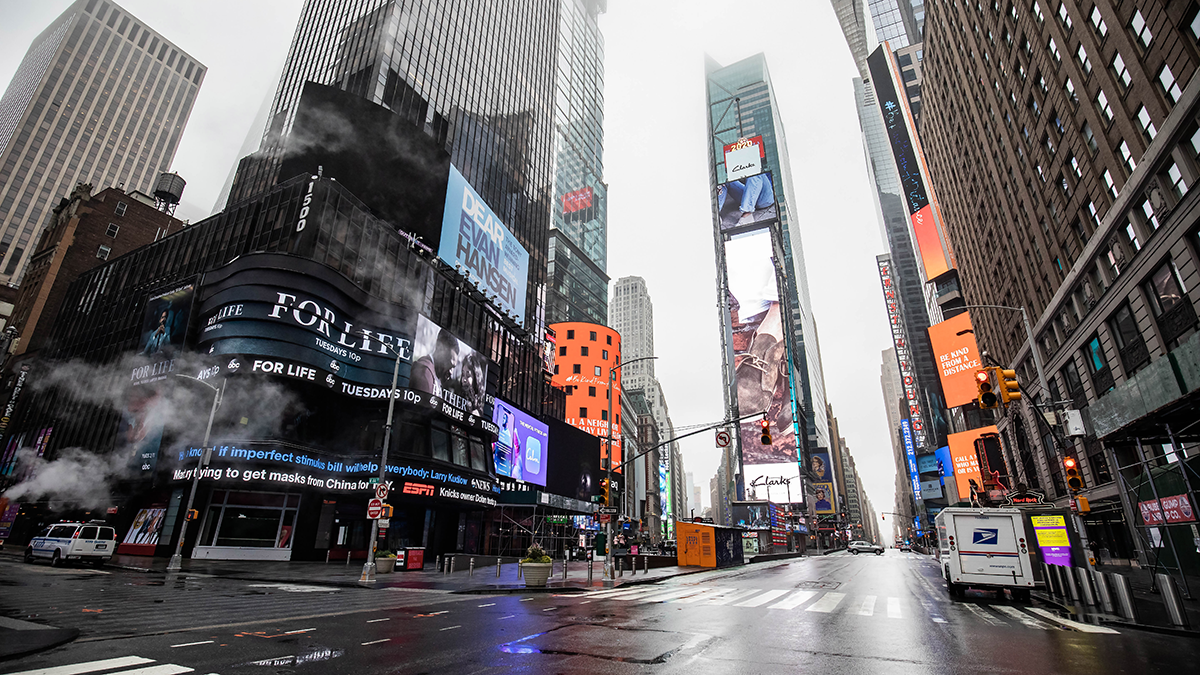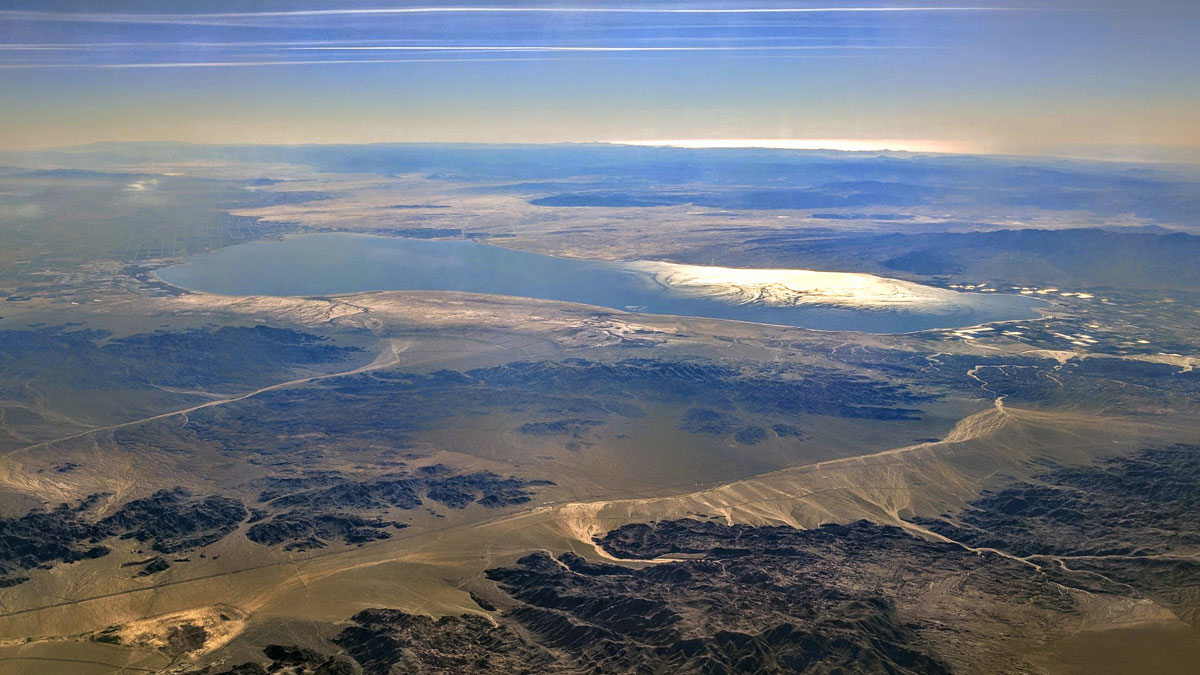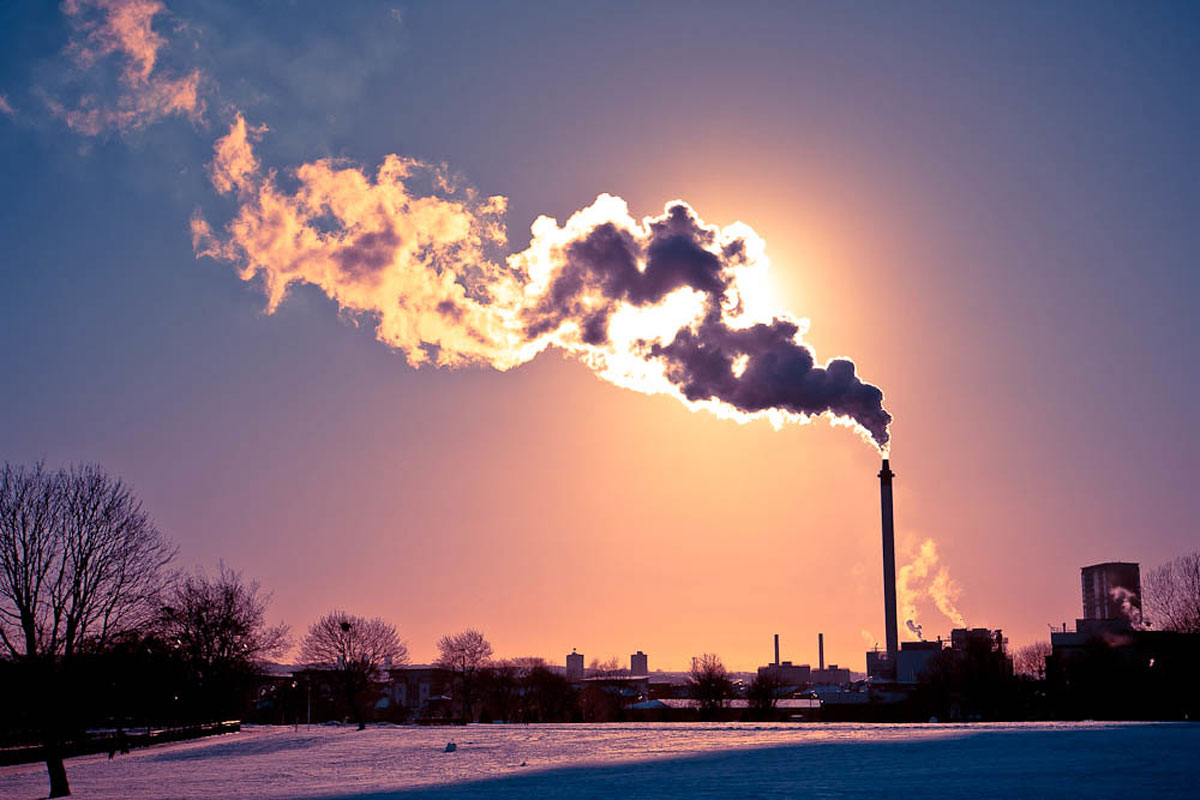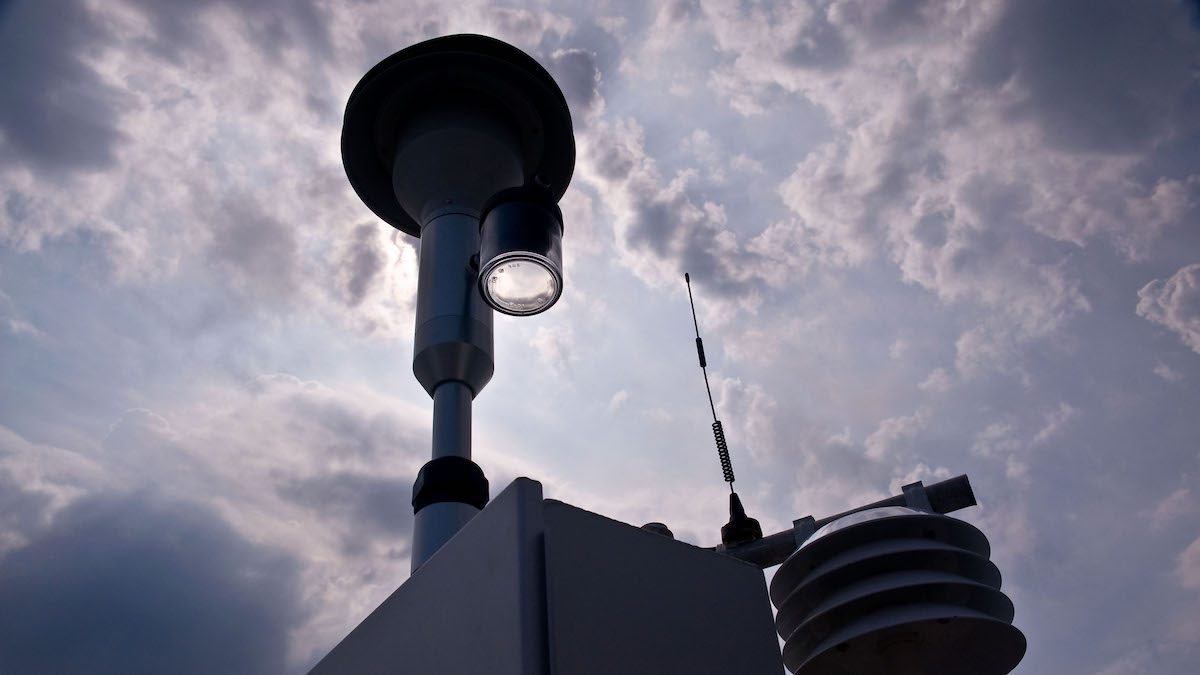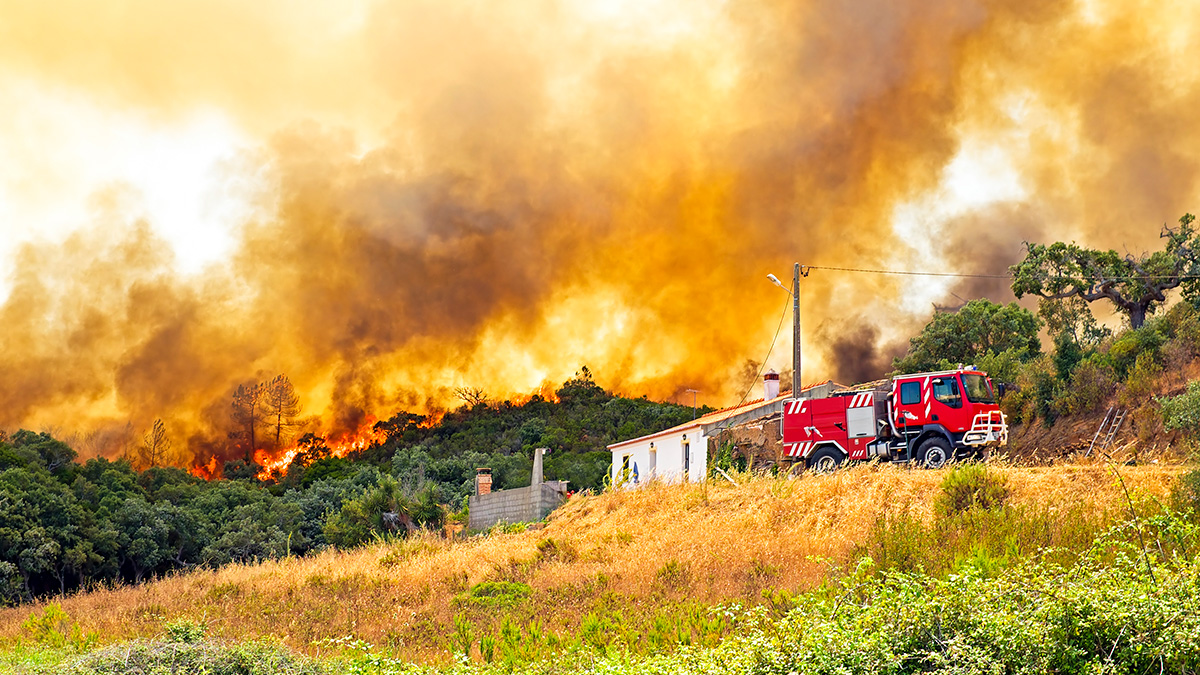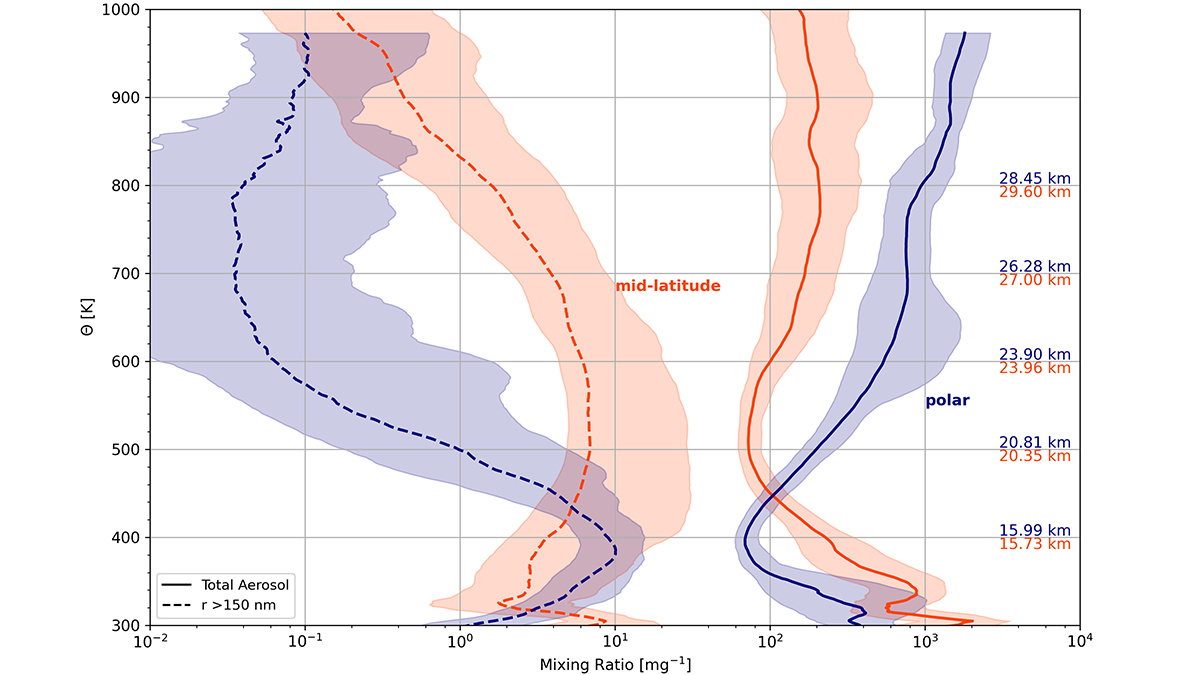Prolonged exposure to the Red Planet’s regolith, which contains carcinogens and toxic metals, could pose respiratory threats and increase chronic disease risk.
aerosols & particles
Particulate Pollution and its Climate Impacts During the COVID-19 Pandemic
The impacts of COVID-19 on short-lived pollutants highlight the predominant influence of the transportation sector and the resulting changes in regional climates and ecosystems.
Characterizing the Space Between Clouds and Clear Sky
The area near clouds is often classified as ‘clear sky’, but a new study demonstrates the potential biases of misclassifying these transition zones and their significance for Earth’s energy budget.
The Deleterious Dust of the Salton Sea
Coarse particulate matter deriving from California’s largest lake is linked to an increased risk of respiratory-related hospitalizations.
“Exceptional” Global Warming Spike Continued in 2024
More than 3 billion people experienced their hottest year ever in 2024 because of anthropogenic climate change. The world is speeding toward its 1.5°C warming target.
Aerosols Could Be Weakening Summertime Circulation
Anthropogenic aerosol emissions may be a culprit behind weakening jet streams and weather systems in the Northern Hemisphere.
The Breath of Colonialism Continues to Taint the Air in Uganda
Potentially harmful air quality in Kampala, Uganda, follows the borders of segregated settlements from Africa’s colonial era.
EPA Air Monitoring Network Misses 2.8 Million Americans in Pollution Hot Spots
Current EPA air monitoring may not capture the extent of particulate air pollution.
Como os Incêndios e o Clima Afetam a Saúde Pública de Portugal
Os investigadores analisaram os dados para examinar os efeitos dos incêndios florestais, dos poluentes e dos fatores meteorológicos na mortalidade e na saúde cardiovascular no país ibérico.
Five Decades of Stratospheric Aerosols from Balloon Measurements
Long-term global measurements of stratospheric aerosols reveal climatological structures and processes controlling new particle formation.


